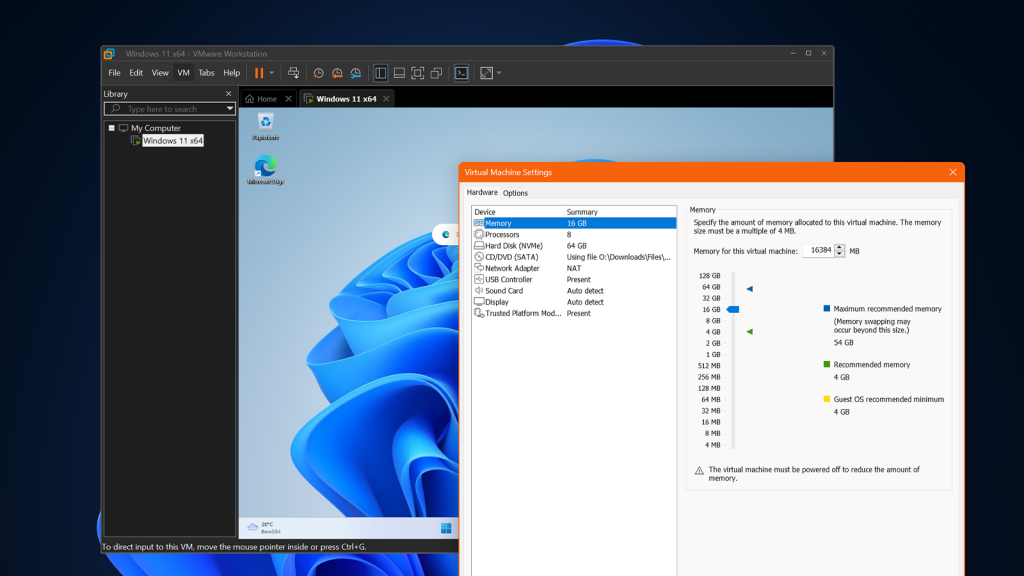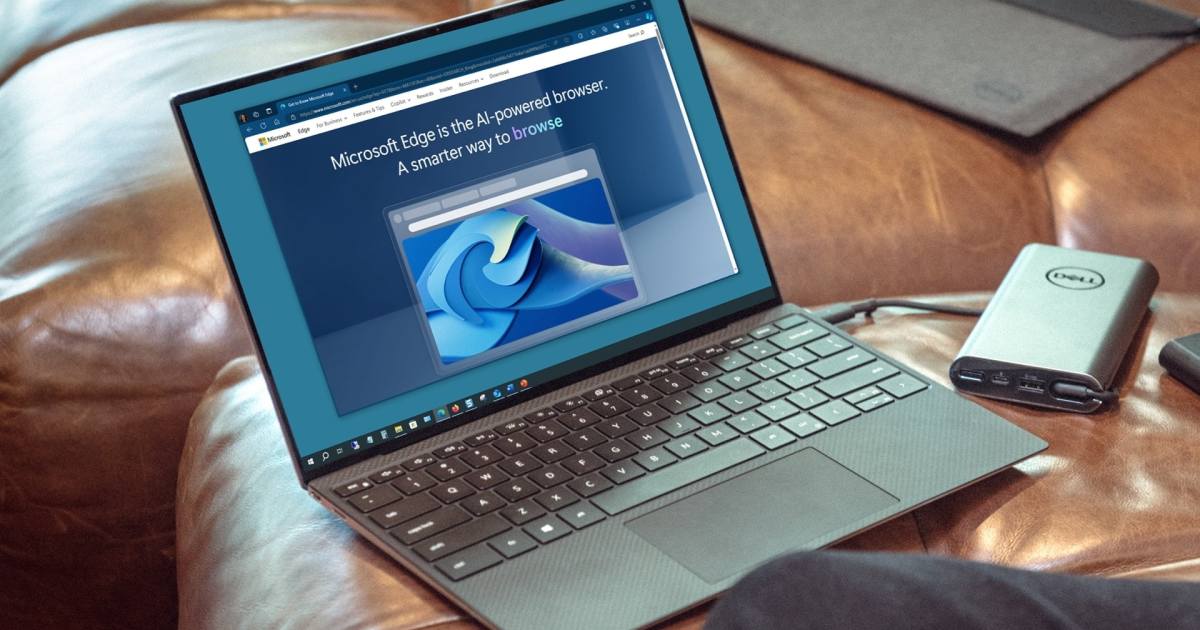You’ve found an unbelievable deal on Amazon – a must-have gadget at a fraction of the price. Driven by the fear of missing out, you click “Buy Now” faster than you can say “prime shipping.” The product arrives, seemingly genuine. Score! But weeks later, a debt collection notice or a fraud report for an unknown purchase lands in your mailbox. You’ve become a victim of triangulation fraud. This article explains how this scam works, how to spot it, and what steps to take if you’re targeted.
How Triangulation Fraud Works on Amazon (and Beyond)
Triangulation fraud involves three parties: the unsuspecting buyer (you), the scammer, and a legitimate seller offering a genuine product. The scam begins with the fraudster creating a fake listing on a marketplace like Amazon, often for a highly sought-after item at a ridiculously low price. This enticing offer creates a sense of urgency, pressuring buyers to purchase quickly.
Once you purchase the fraudulently listed item, the scammer collects your payment. They then use stolen credit card information, acquired through various illicit means, to buy the same product from a legitimate retailer. The product is shipped to your address, leaving you initially unaware of the scam.
The Fallout: Impact on Legitimate Sellers and Buyers
The legitimate seller, however, faces the consequences. They receive chargebacks from the rightful owner of the stolen credit card, forcing them to issue refunds, absorb chargeback fees, and lose the product now in your possession. In some instances, the legitimate seller might contact you to retrieve the product, leading to confusing debt collection attempts or even accusations of fraud against you.
Alternatively, you might be on the other side of this scam. If your credit card details are compromised, you might discover unauthorized purchases on your statement – evidence that a scammer is using your information for triangulation fraud.
Protecting Yourself from Triangulation Fraud
Vigilance is key when shopping online. Be wary of deals that appear too good to be true. Upon receiving a package, verify the sender’s address matches the retailer you purchased from. Discrepancies could indicate dropshipping, potentially involving stolen payment information. Always use secure payment methods like credit cards or PayPal, which offer buyer protection and chargeback options.
What to Do if You’re a Victim
If you suspect you’ve been targeted by triangulation fraud, take the following steps:
- File a Police Report: Contact your local law enforcement agency and report the incident.
- Contact the Legitimate Seller: Explain the situation to the retailer who shipped the product. This can help clarify the situation and potentially prevent further complications.
- Report the Fraud to Amazon: Notify Amazon about the fraudulent listing to protect other shoppers.
- Contact Your Payment Provider: If you notice unauthorized charges on your credit card, immediately contact your financial institution to dispute the transactions and request refunds.
By staying informed and taking proactive measures, you can minimize your risk of falling victim to triangulation fraud. Remember, a healthy dose of skepticism and secure payment practices are your best defense against online scams.










